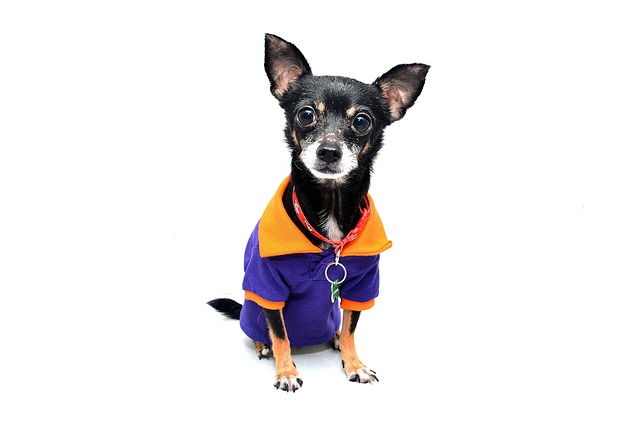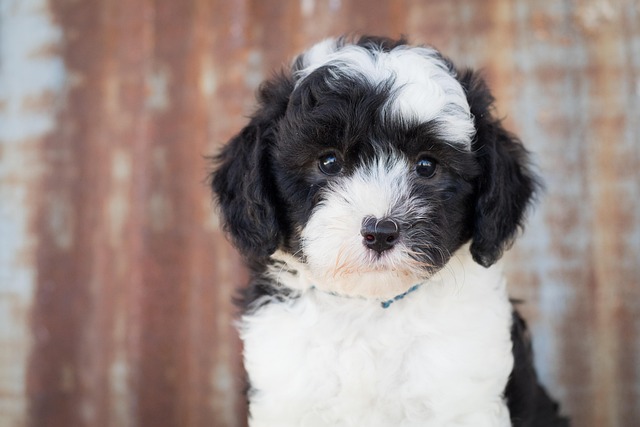Picture this: It’s a sweltering July afternoon in Phoenix, and your new Labrador pup, Buddy, is sprawled on the cool kitchen tile, panting heavily after just a quick potty break on the scorching pavement. You glance at your humming AC unit – a lifesaver for you, but is it okay for Buddy? Absolutely, dogs can and often should use air conditioning, but doing it right involves more than just flipping a switch. Understanding their needs is key to preventing a scary trip to the emergency vet for heatstroke, a serious risk especially for brachycephalic breeds like Bulldogs or Pugs who struggle even more in the heat.
Unlike humans who sweat efficiently, dogs primarily cool themselves through panting and limited sweat glands on their paws. When ambient temperatures soar, especially combined with high humidity common in places like Florida or Georgia, their natural cooling system gets overwhelmed. This is where your central air or a well-placed window unit becomes vital. The ideal indoor dog temperature generally sits comfortably between 68°F and 72°F (20°C - 22°C), similar to what most humans prefer. Think of it as creating a consistent, safe haven. Avoid drastic temperature swings – blasting the AC at 65°F after a walk might shock their system. Instead, maintain a steady coolness. Ensure Buddy always has easy access to fresh water, maybe even adding ice cubes on extra-hot days, and consider cooling mats in his favorite resting spots, away from direct drafts that could cause muscle stiffness.

Now, using AC responsibly ties directly into being a conscientious dog owner. Just like ensuring Buddy’s rabies vaccination is up-to-date (a legal requirement in all 50 states) and always carrying poop bags for quick clean-up during your neighborhood walks (local ordinances often mandate this), managing his climate is part of modern canine heatstroke prevention. Never, ever leave him confined in a car without AC, even for "just a minute" – temperatures skyrocket lethally fast, and you could face animal cruelty charges. In apartment buildings, be mindful of noise; a constantly rattling old window unit might bother neighbors, potentially leading to complaints. If Buddy seems reluctant to enter a very cold room, respect that – force isn't the answer. Positive reinforcement, like praising him for settling on his cooled mat, aligns perfectly with the strong cultural emphasis on reward-based training over any form of physical punishment, which is increasingly frowned upon and even illegal in many areas.
Integrating AC into Buddy’s care routine is simple but crucial. Start by observing him. Is he seeking out cooler tiles or the basement? That's a sign he needs relief. Gradually adjust your thermostat to find his comfort zone within that 68-72°F range. Remember, dog air conditioning safety also means ensuring vents aren’t blowing freezing air directly onto his bed and that he can move away if he feels too cold – some dogs, especially short-haired breeds or seniors, might appreciate a light blanket nearby. Pairing AC with smart habits, like walking him during cooler morning or evening hours in your community and always checking pavement temperature with your hand first, creates a holistic approach to his summer wellbeing. It’s about combining modern comfort with attentive, respectful ownership, keeping your furry family member safe, happy, and cool all season long.






